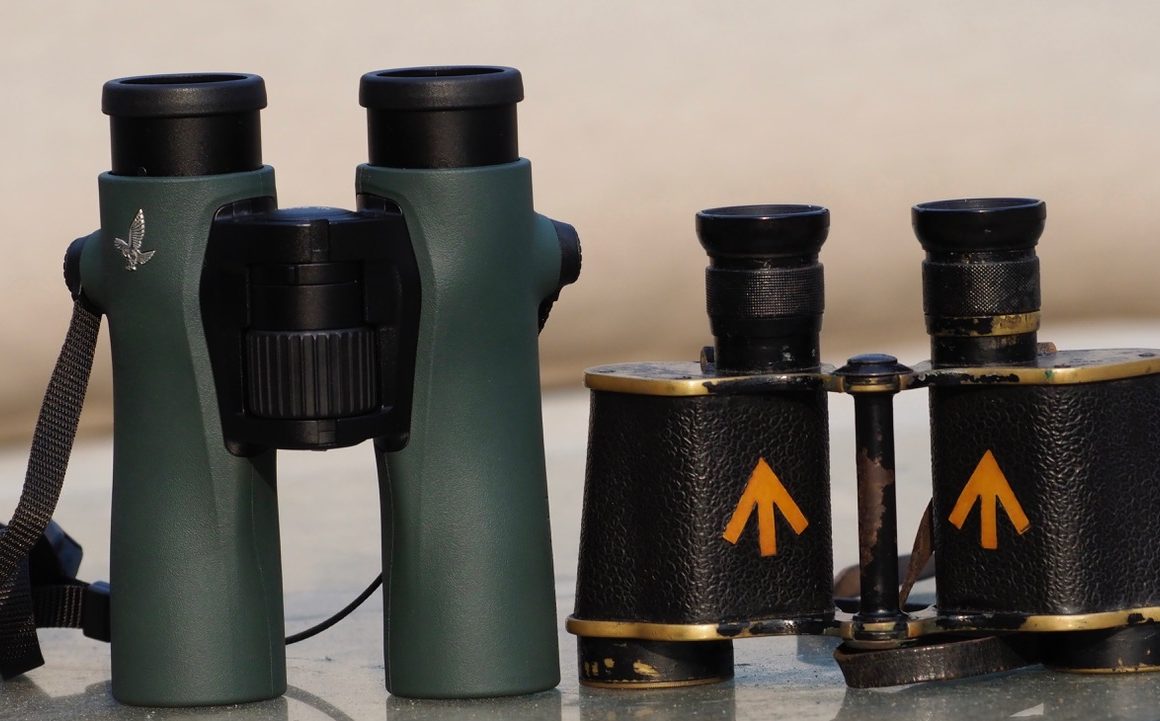
Just as the make and condition of a car tells you a lot about its owner, so a person’s binoculars tell you a lot about their user. I am sure that all serious birders are guilty of looking at a fellow birdwatcher’s binoculars and concluding, rightly or wrongly, a lot about the person behind them. Here in the UK the Austrian manufacturer Swarovski dominates the quality end of the birding market, outselling by a sizeable margin its German-based rivals, Zeiss and Leica. So if someone has Swarovskis hanging round their neck, there’s a fair chance that they take their birding seriously. Swarovski’s dominance at the top-end of the market is relatively recent; Zeiss was the former No 1.
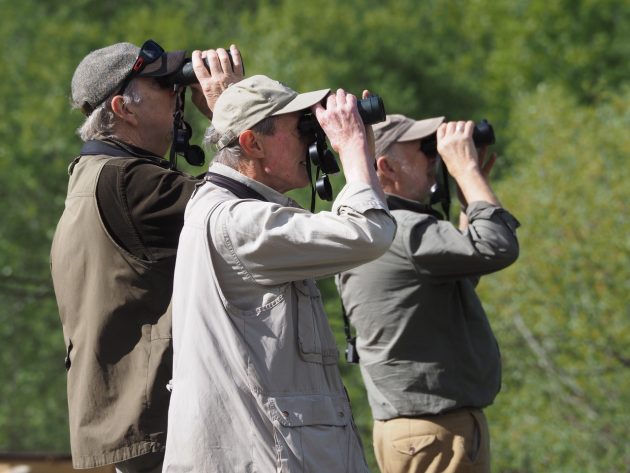
Many years ago I interviewed Barbara Young, then the newly recruited chief executive of the Royal Society for the Protection of Birds (RSPB), for an article for The Daily Telegraph. Barbara was interesting, as she was the first CEO of the RSPB who, when she took on the job, knew little or nothing about birds. I don’t think she had been well briefed before our interview, as she didn’t seem aware that I knew anything about birds, either. She told me that when she accepted the job, she was advised to get a pair of binoculars. However, instead of rushing out to buy a brand new pair of bins, it was recommended that she bought herself a pair of secondhand Zeiss Dialyt 10×40, then the binocular of choice of most serious birders. She did just that, and the fact that they were well used gave exactly the right impression she needed of someone who knew, when it came to birds, what she was talking about.
I’ve no idea what binoculars the current CEO of the RSPB, Rebecca Speight, uses. I’ve no doubt that all the major binocular manufacturers would be only too keen to supply her with their equipment. Today there’s a lot of product placement by binocular manufacturers with so-called celebrity birdwatchers. I have a small claim to fame in that, back in the 1980s, I introduced Bill Oddie to Leica (then Leitz). and for many years Bill (at the time probably Britain’s most high-profile birder) was sponsored by the German company. I was given a Leitz Trinovid 8×40 on semi-permanent loan as a result. Beautiful binoculars: I wish I still had them.
Like most birdwatchers, I can remember almost all the optics I’ve used over the years. My very first binocular, given to me by my father, was an ex-World War Two Bausch & Lomb 6×30. I doubt if I would be impressed if I looked through the B&Ls today, but they were tough and functional, with a great depth of field. They needed the latter, as they didn’t boast central focussing, as the eyepieces had to be focussed individually. In my childhood years they were my most valued possession, and I saw a lot of good birds through them.
In my teens I bought my first serious binocular, a Swift Newport 10×50. Swift was a Japanese manufacturer that enjoyed great success with its Audubon 8.5×44, a binocular designed specifically for birdwatching. (The company is now called Swift Sport Optics, still sells a binocular called Audubon, but no longer markets its products in the UK). The original Audubon was aimed at the American market, but also sold successfully in Britain. My Newports served me well for several years, and they were the binocular I used on my first serious birdwatching expedition to the Coto Doñana in 1968. They were pointed at all sort of good things, from Little Bustards and Pin-tailed Sandgrouse to a stunning Spanish Lynx.
However, the Newports were big and heavy. They were a porro-prism design, as were most binoculars then. Leitz had pioneered roof-prism binoculars with the Trinovid; in the early 70s Zeiss responded with the Dialyt, its answer to the Trinovid, and this was the binocular to have if you took your birding seriously. I bought mine in 1975, the year before I got married. I remember my future father-in-law being taken back by my purchase, as spending £100 on binoculars was a lot of money for someone who was also saving for his first house. I reasoned that if I didn’t buy the binoculars then, I would be unlikely to afford them once I was married.
They were a sound investment, and lasted me well into the 80s, by which time they were looking tired. However, they had held their value well, and I sold them for almost as much as I had paid for them. I flirted with a number of different binoculars in the 80s. The Trinovids were my favourites, but I enjoyed using other makes. A friend who ran a company importing binoculars asked me if I’d like to take a look at a pair of 8×30 binoculars from a little-known Austrian company called Swarovski. I duly did so, and was sufficiently impressed to buy a pair, which probably makes me one of the longest users of Swarovski in Britain.
In the late 80s I was invited by Zeiss to go to Wetzlar in Germany to see the company’s binoculars being manufactured, an invitation that was too good to refuse. I was one of a small group of journalists, each of whom was presented with the latest Dialyt 10×40 inscribed with our initials. From Germany we flew to Majorca to test the binoculars in the field (it was a hard life); I remember enjoying watching such delights as black vultures and moustached warblers (below) with my new binoculars.
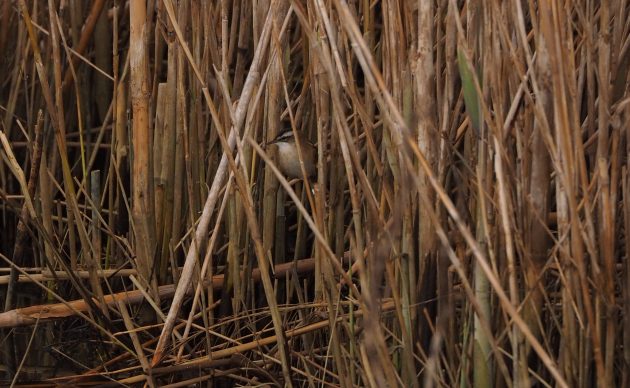
I got on well with the people at Zeiss, and the following year I went to Vienna to help the company with another press demonstration at Lake Neusiedl. Various distinguished ornithologists were invited on this trip, including Lars Svensson, who was then working on the first edition of the Collins Bird Guide. We had met before, so when he encountered me in Austria he asked me what I was doing there. “I’m here to show you birds, Lars” I told him. He laughed, though later on the same trip I pointed out a singing Garden Warbler to a couple of Americans. Lars came along, and corrected me. “That’s a Barred Warbler” he said. By this time I had spotted the bird: it was, I was relieved to note, a Garden Warbler. Lars reluctantly agreed, but commented that “it was not the typical song”.
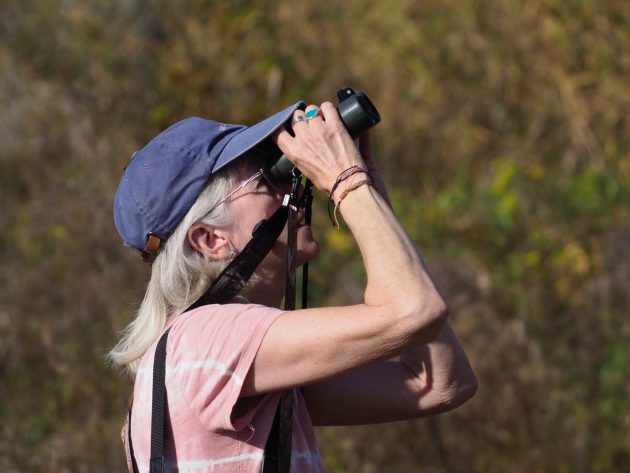
I was offered modest payment for this work with Zeiss. I declined, but asked instead for a 7×42 binocular. This was a quite lovely instrument, with terrific optics and very wide field of view, and despite its size, beautifully balanced. I used it for a number of years and it goes down as one of my all time favourites. It was a binocular that was popular with deer stalkers, as it performed so well at dawn and dusk; it was designed for stalking rather than birdwatching.
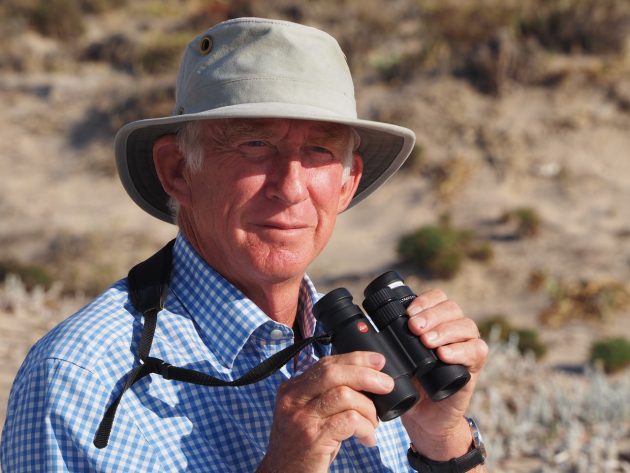
However, I’m always trying to reduce size and weight, so I eventually traded in the Zeiss for a Leica 8×32. With hindsight this wasn’t a great move. The Leica had good optics and was light and compact, but wasn’t robust, and bits fell off. These binoculars were made at Leica’s factory in Portugal. I visited the factory a few years ago, and the quality control there is now first class. (I later bought the revised Leica 8×32 Ultravid (above), a tough binocular with great optics. Today the Ultravids live in the kitchen, so they are always handy if I see a bird in the garden that requires inspection).
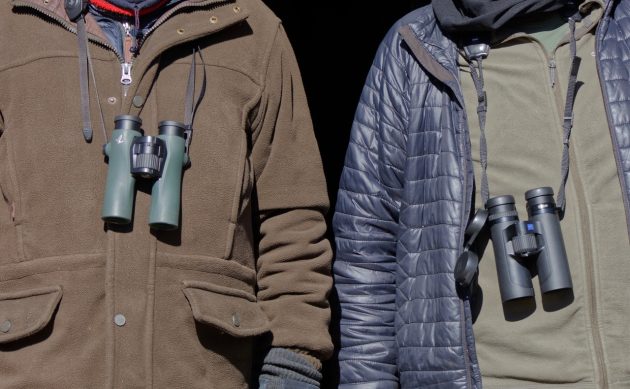
In 1999 came a watershed moment when I flew to Austria for the launch of the brand-new Swarovski EL range. This was a beautifully made and most impressive binocular, and I used an 8×42 for several years. It was a binocular that caught the attention of the birding community, and it soon became the No 1 with birders in the UK. EL apparently stands for extra light, but I found them heavy, so as soon as Swarovski launched the smaller and lighter 32 EL range I swapped immediately. Soon afterwards I flew to Trinidad and Tobago to research for an article, and was hugely impressed with the small Swarovskis when I used them to watch tanagers and toucans in the rainforest.
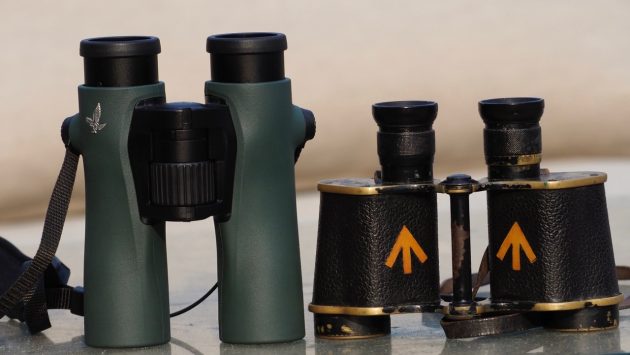
Fast forward to 2022, and a bird-photographer friend raved to me about the new Swarovski NL Pure binoculars he had tried at the Birdfair. A few days later I traded in my original 8×32 for the latest 8×32 NL Pure – I was given an impressive £500 for the former. To be honest, though there is certainly an improvement in the optics, it’s difficult to improve on something that’s already so good. However, the slightly curious shape of the new Pure (Swarovski describe it as “wasp-waisted”) is fantastic in the hand. It’s difficult to explain why, but it just feels right. I love my Pures, and they add pleasure to every birding outing.


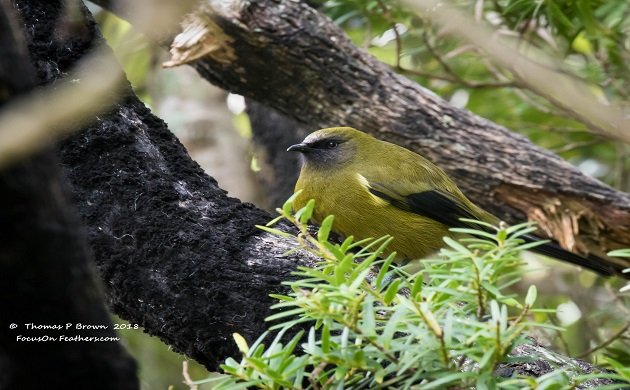
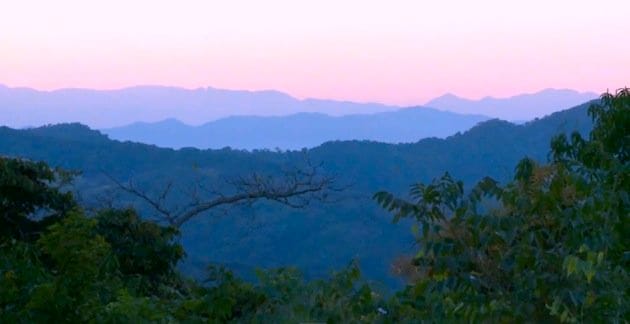
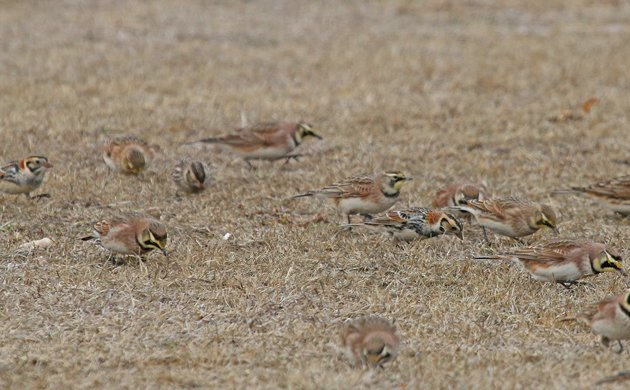

 New writers welcome – please contact us for details.
New writers welcome – please contact us for details.

















I admit to handling my equipment very badly. I’m out birding, I want to see birds, not take good care of my optics. They drop, get dirty, rained upon, banged against branches, put down on sandy ground etc.
I am a horrible person when you judge me by how I treat my optical equipment. And I am fully aware of it. So I compromise. I got myself a “mediocre” pair of Zeiss binoculars which cost me 500 Euros. Still a lot of money, but if anything happens due to my rough handling of them, this is a sum I can come up with again more easily.
Getting myself a pair of binoculars that’s more than 1,000 Euros would be a burden for me. I would not want to treat them as “relaxed” as my current pair, fearing any damage whatsoever to them. So if I went birding with them, I’d have to hold back on how I’d normally move through the landscape. I’d have to compromise.
So a 500 Euros pair – which still is a lot of money in my book – is fine. I’ve tried out many fine pairs, mostly from said famous Austrian manufacturer, and they are leages ahead of my pair. But again – I want the freedom to move through the landscape birding like a wild boar moves through mud.
I once fell face-first towards a small stream while chasing a Lesser Roadrunner. I managed to avoid a full-body dip, but what was hanging around my neck, binos and camera, went into the water. Fortunately, they only needed to be taken apart to allow them to dry out fully, and I use them still.
Plus, I have a wife.
So it’s cheap binos for me.
I find that I have to put my binoculars in checked luggage and leave them in the car much more often than I would like, so I have settled on Zeiss Terras for my everyday use. They seem good enough optically and if they were ever (again) dropped, left behind, stolen, etc. it would not cause me enormous angst. I have a “nicer” pair as well, but those see far less use.
Some interesting comments. I enjoy using the best optics available – my binoculars do get lots of hard use, but I look after them. (I wash them under a tap!) I don’t worry about them too much, as if I did, that might spoil the pleasure of using them. I hate lens guards and caps, which simply get in the way. A friend of mine once went birding with the late Leslie Brown, the eminent British ornithologist who wrote a great deal about the birds of East Africa (and who was the instigator of the seven-volume Birds of Africa). Apparently Leslie always kept his binoculars in their case, and only got them out when he saw a bird he wanted to look at. Times, and attitudes, have changed.
Yeah, in my days I used to drop binocs on the floor, ot to capsize a kayak and swim with non-waterproof binocs around my neck (only to throw them away due to algal bloom) so when, after two decades, I upgraded to Swarovski, I already knew what not to do. I hate lens caps as well and have removed them, but do carry a rain guard: it’s very useful when you are eating and driving at the same time.
“Plus, I have a wife. So it’s cheap binos for me.”
Priceless!!! 😀 Same here, by the way, same here…